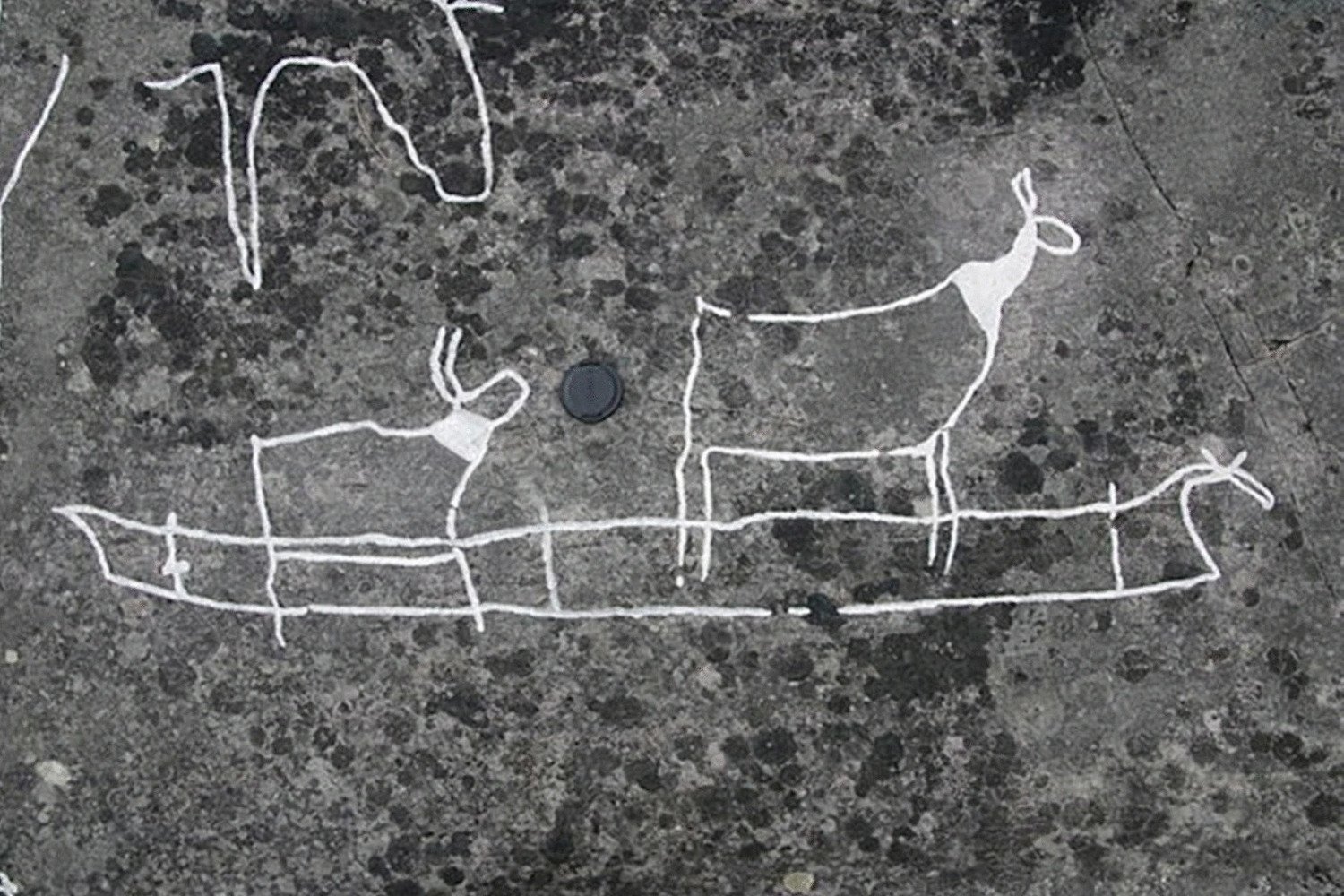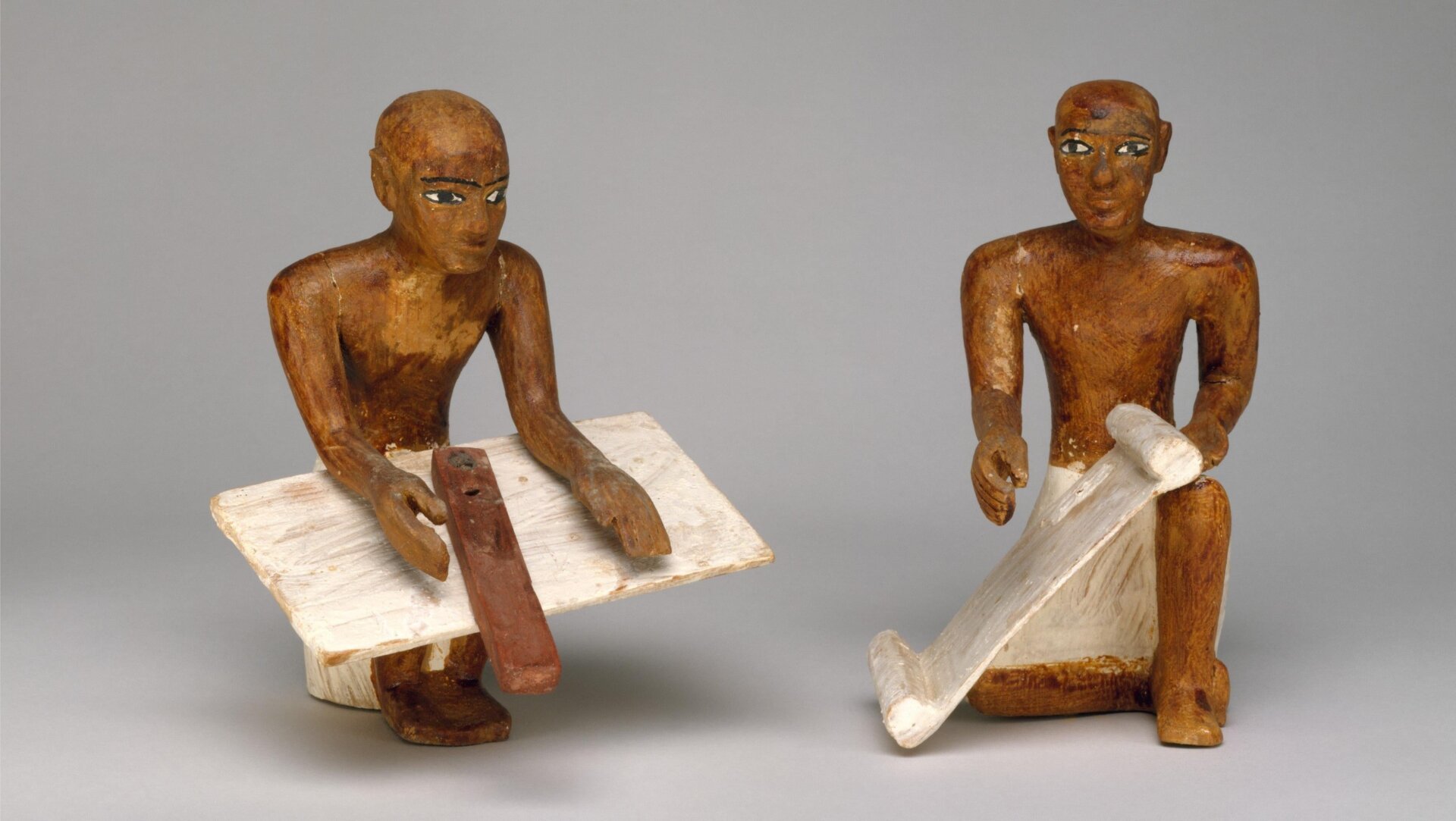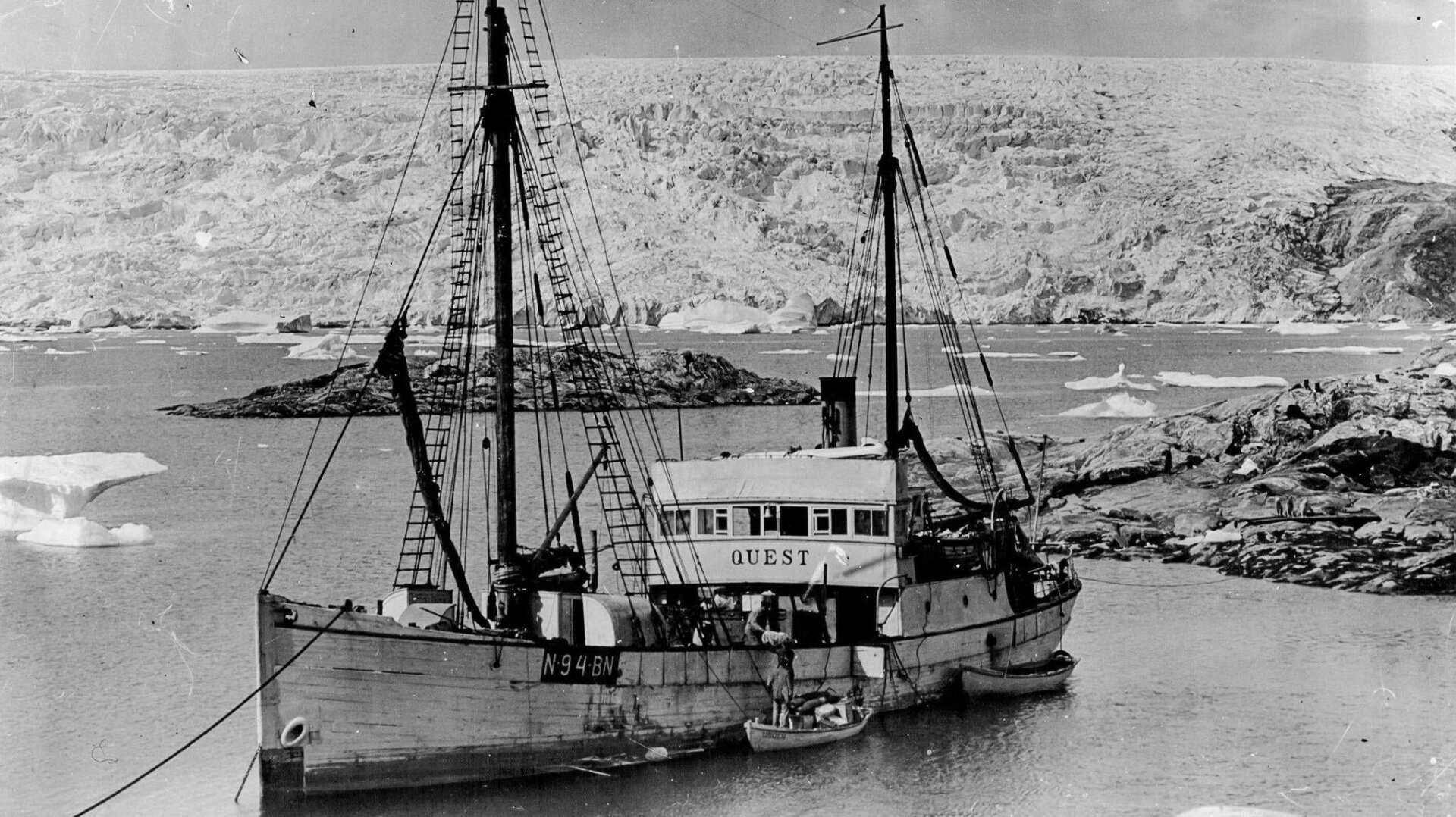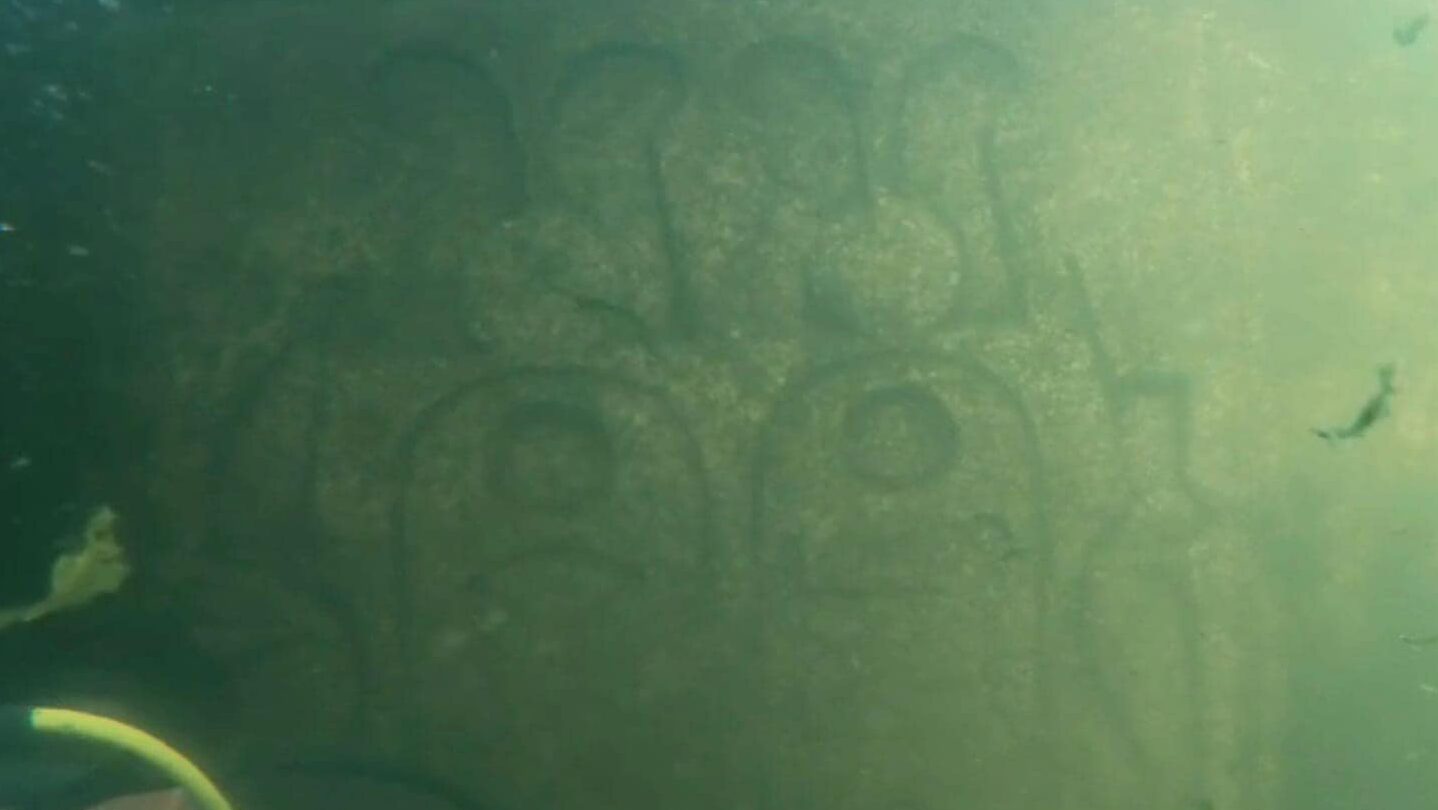The seafaring prowess of Neolithic Scandinavians has long been acknowledged, yet the precise nature of their vessels remained shrouded in mystery. Archaeologists now propose a compelling theory: these ancient mariners likely navigated the waves in skin boats, remarkably similar to the umiaks crafted by the Inuit.
Long before the Viking Age dawned around 800 CE, southern Scandinavia was home to the Pitted Ware culture (PWC), flourishing from approximately 3500 BCE to 2300 BCE. Evidence points to their mastery of maritime travel, but the scarcity of intact boat remains has hampered efforts to definitively identify their preferred vessel type.
A recent study published in the Journal of Maritime Archaeology offers intriguing insights. Researchers, led by Mikael Fauvelle of Lund University, present a compelling argument based on converging lines of evidence. While individual pieces may not be conclusive, their combined weight suggests the use of skin boats.
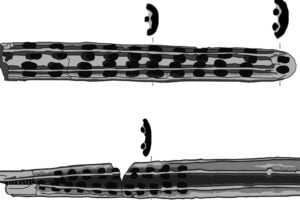 Image of Scandinavian boat frame fragmentsPreserved boat fragments, illustrated in this reconstruction, suggest that prehistoric Scandinavians used animal skins to construct their boats. © Christian Horn/Journal of Maritime Archaeology
Image of Scandinavian boat frame fragmentsPreserved boat fragments, illustrated in this reconstruction, suggest that prehistoric Scandinavians used animal skins to construct their boats. © Christian Horn/Journal of Maritime Archaeology
Among the evidence are boat fragments discovered in Sweden, exhibiting rounded bottoms and lashing holes potentially used to secure skins to frames. Although the precise cultural affiliation of these fragments remains uncertain, they align with the skin boat hypothesis.
Further support comes from Scandinavian rock art found within or near PWC territories. Alongside depictions of marine life like whales, seals, and fish, etchings reveal boats with stick figures in a standing posture. This stance is characteristic of skin boat navigation, contrasting with the seated position typical of canoes. Some boat depictions feature elk-headed bows, possibly serving as harpoon rests, akin to those found on umiaks.
The prevalence of seal oil at PWC sites provides another clue. Seal oil would have been an ideal waterproofing agent for skin boats. Additionally, the presence of seal and Atlantic cod remains at PWC sites suggests the use of seaworthy vessels capable of venturing far offshore.
This doesn’t preclude the use of dugout canoes by the PWC. Evidence indicates they eventually adopted this boat type, likely for near-shore activities. However, skin boats appear better suited for other purposes.
As Fauvelle explained to Phys.org, “Compared to logboats, we argue in the paper that skin boats would have been better for long-distance and open-ocean transport.” Source
The absence of written records from the PWC era makes definitive proof of skin boat usage challenging. Nevertheless, the suitability of these vessels for long voyages suggests their potential role in expanding trade and facilitating early Scandinavian raiding activities. Source
In essence, the PWC might be considered maritime pioneers, engaging in coastal raids long before the Vikings popularized the practice.



